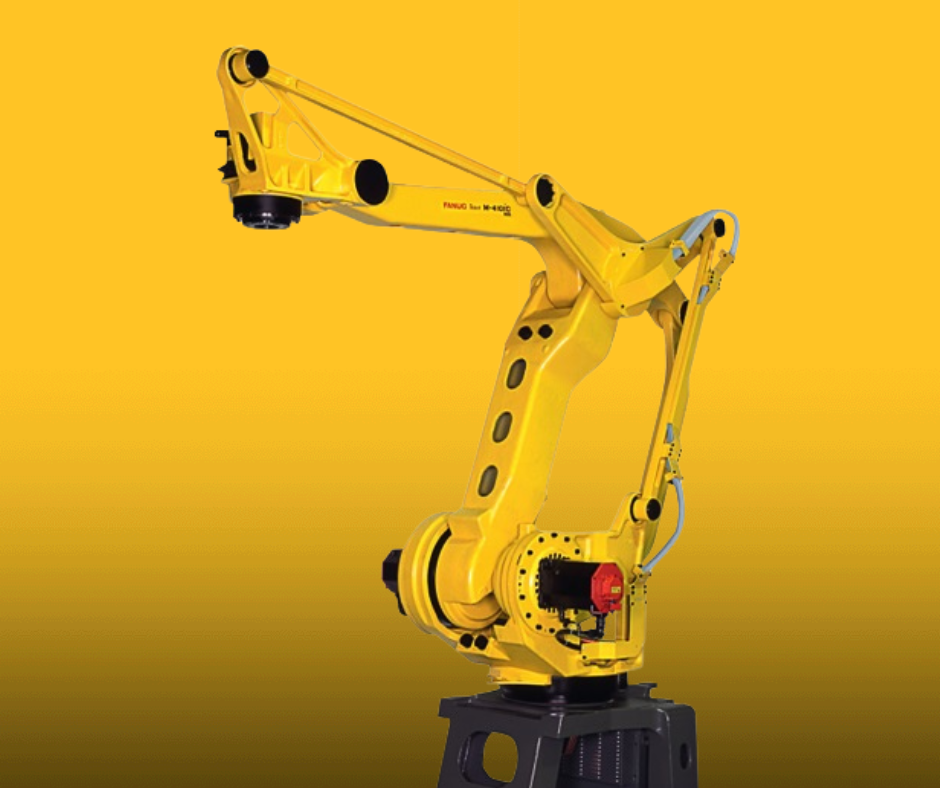Robotic arms have revolutionized manufacturing by making use of precision, safety efficiency, and other elements that were previously unimaginable. These amazing machines, commonly referred to as robot arms, have become indispensable in industries worldwide and are driven by the imperative necessity of reducing operating costs and maintain high standards of quality. The incorporation of robotic arms into the production lines allows manufacturers to not only cut expenses but also improve worker safety and efficiency. We’ll explore how these innovative machines can transform the way that industrial processes operate.
The cost-effectiveness of robotics is driving the adoption of robotic arms worldwide. The increasing pressure on factories to reduce manufacturing errors, material waste and workplace accidents is relentless. Robotic arms face these challenges head on. Robots help avoid costly mistakes and decrease the amount of raw materials, through performing repetitive tasks more precise than humans. For instance, in high-volume industries such as automotive manufacturing arms ensure precise welding and part placement making sure that the assembly is perfect every time. This ensures significant savings, as less defects result in less waste, rework and rework.

Image credit: automatedsolutions.com.au
Safety is a second cornerstone in the revolution of robotic arms. Numerous manufacturing tasks, like handling hazardous materials or using heavy machinery could be hazardous for humans. Robot arms allow companies to eliminate their workers from hazardous surroundings and decrease accidents at work. Robotic arms consist of a variety of movable joints that replicate the human arm’s capabilities. They can however operate without danger of injuries. Equipped with end effectors that can be programmed to work essentially robotic hands they can perform tasks like grasping, spinning, or welding in conditions that would be unsafe for humans.
The flexibility of robotic arms makes them a game-changer across various industries. Robot arms are adaptable to different tasks. From assembly of automobiles, to electronic production. The programmability of these robot arms allows them to execute complicated tasks such as painting or applying fiberglass with an unmatched quality of consistency. Robotic arms in warehouses have revolutionized palletizing, by automating the loading of pallets with goods. Automation not only increases efficiency but also ensures safety as robot arms are able to work without tiring.
The development of cobots (collaborative robots) which work in conjunction with human employees is among of the most thrilling advances in this field. Cobots with robotic arms, in contrast to traditional industrial robots, which are isolated in cells, are specifically designed to interact with humans safely and seamlessly. The hands of a robot can be used to perform the heavy lifting and repetitive tasks in factories, so that human workers can free to focus on more difficult duties. Collaboration increases productivity, and ensures a safe work space, since cobots are programed to stop or modify their movement if someone is in the vicinity.
The effect of robotic arms extends beyond safety and efficiency, to the very core of modern manufacturing. They are indispensable for industries that require extreme precision for tasks like welding, assembly or material handling. In the automotive industry, for example, a robot arm can rotate and place parts during assembly for perfect alignment without the need for human involvement. Similarly, in electronics, robot arms handle delicate components with care, reducing damage and improving output quality.
As the world of manufacturing continues to change and become more complex, the importance of robotic arms will only grow. They will be a key element in manufacturing’s future because of their ability to reduce costs, improve security and adapt to various tasks. Combining cutting-edge technology with human ingenuity, robot arms are more than just tools. They’re partners in the pace of innovation and are changing how we construct our world.